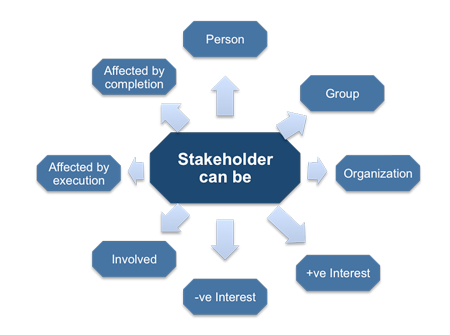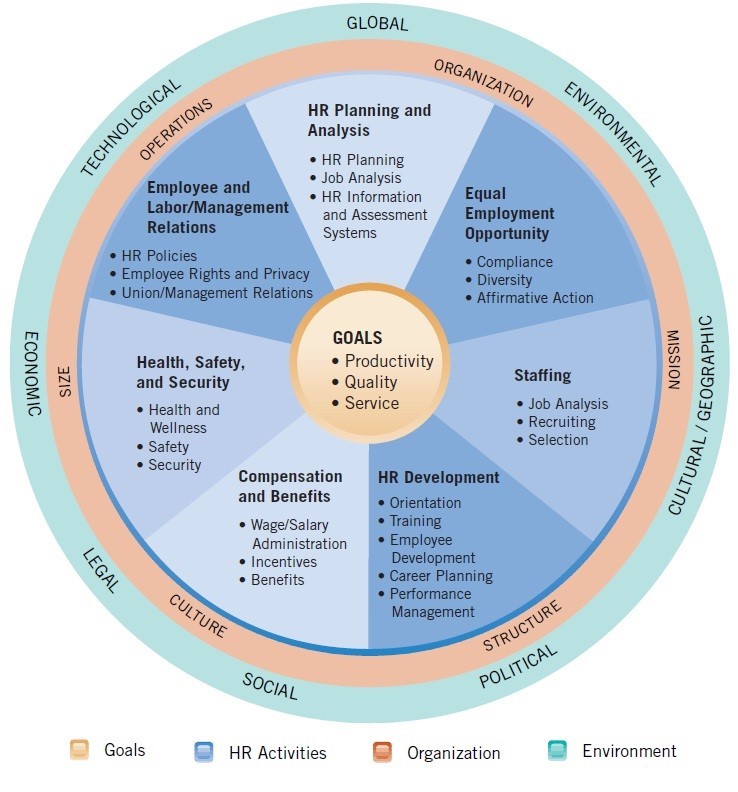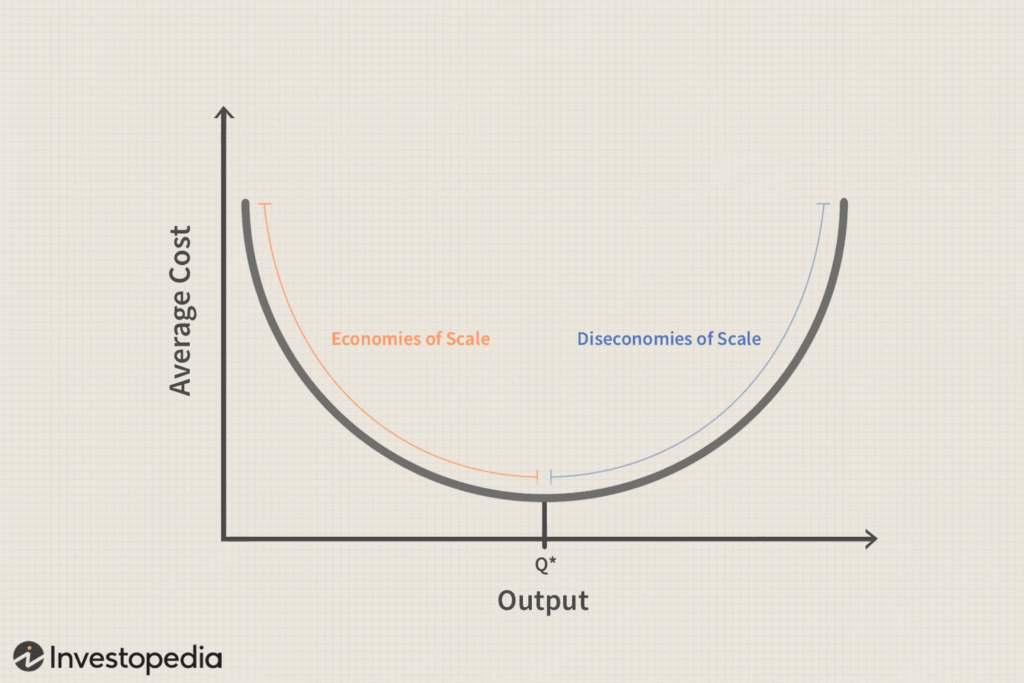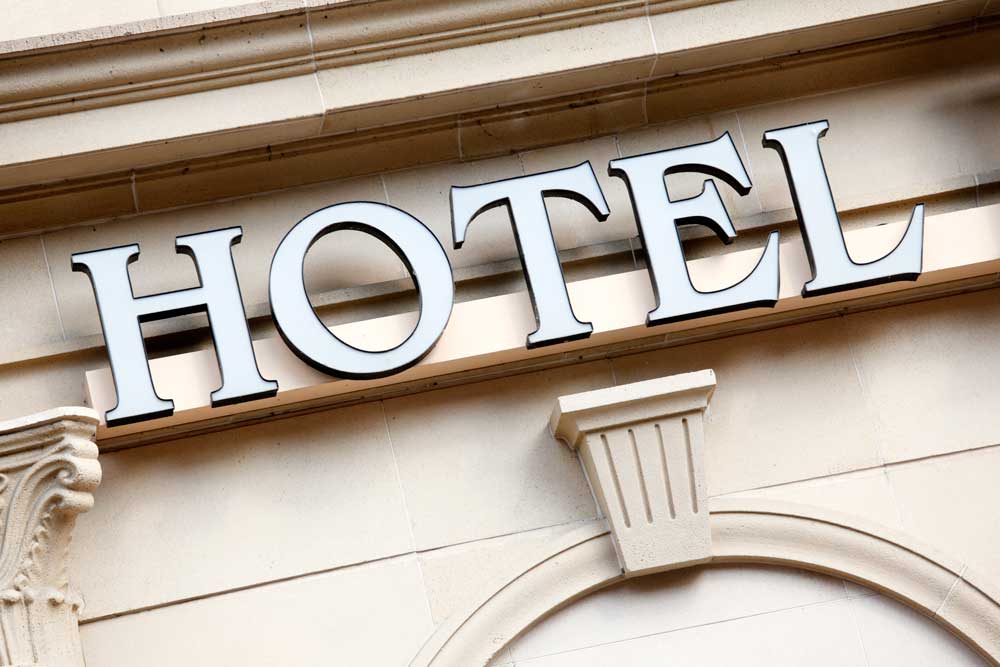Accor Group
Accor:
is a multinational hospitality company that manages hotels and resort properties;
is one of the largest hospitality firms in Europe;
operates about 4,000 hotels in more than 100 countries;
employs over 280,000 worldwide;
owns and operates brands covering the hospitality segment, such as luxury, premium, and economy;
is headquartered in France and constituent of the CAC 40 index in the Paris stock exchange;
has increased its cleaning standards even further by launching ALL SAFE cleanliness and prevention labels, representing some of the most strict cleaning standards and operation protocols in the hospitality industry, to ensure guest wellbeing at their hotels;
operates a guest hotline to answer questions and prepare everything for its clients’ stay;
enforces social distancing in all common areas;
implements contactless check-in and check-out, and payments wherever and whenever possible;
gives out hand sanitizers in public places;
teaches its employees comprehensive safety and hygiene training; and
provides safe room service at no extra charge in case of restaurant closures.
Different sectors of the economy
The primary sector is made of any industry involved in extracting and producing raw materials, which can be renewable resources, such as wool, fish, and solar power, and non-renewable resources, such as coal and oil. In the 1920s, one million people were employed in the UK coal industry. It was a critical part of the economy. However, improved technology and the growth of other energy sources have resulted in a dramatic decline in the primary sector industry.
The secondary sector is composed of any industry involved in the creation and distribution of finished goods. It includes construction and utilities that provide goods, such as electricity, gas, and telecommunication. The manufacturing industry takes raw materials and combines them to produce a higher value-added finished product. For example, wool can be spun to form better-quality wool. The manufacturing industry was central in the labor-incentive cottage industry, such as hand spinning.
Nevertheless, the development of technology, which brought machinery such as spinning machines, enabled the growth of large factories. Benefiting from economies of scale, a business could reduce the cost of production and increase labor productivity. Higher labor productivity also enables higher wages and more income to spend on goods and services.
Service Sector – ACCOR GROUP
The service sector sells goods produced by the secondary industry and provides commercial services to the general population and businesses in all five sectors. It includes wholesale, retail, transportation, restaurants, insurance, banking, tourism, healthcare, and law. In most countries, a growing proportion of workers is devoted to the tertiary sector. In the US, more than 55% of the labor force is tertiary workers. However, due to COVID-19, the service sector is heavily affected, as many people lost their jobs due to border restrictions.
Main types of the legal structure
- A sole proprietorship is a business entity operated by one individual. There is no legal difference between the owner and the business. Sole proprietorships are the most common legal structure for small businesses. It is easy to run and may have higher adaptability of management and less legal obligation. Nevertheless, the business proprietor is directly accountable for all financial debts sustained by the company.
- A general partnership is an association between two people in the business. A partnership can be formed with a few requirements, but a legal partnership agreement must be completed. A partnership agreement specifies the terms of the associations by formalizing the rules of profit and loss sharing.
- A limited liability company is a mixture between a general partnership and sole proprietorship. Owners of limited liability are called members. Members may include individuals, corporations, other LLCs, and foreign entities. Most states permit an LLC with only one owner, called a single-member LLC.
- Corporations are the most complex business structure. A corporation is a legal entity separate and independent from the people who own or run the corporation, namely shareholders. The ACCOR Group can be counted as a corporation. A corporation can enter into contracts separate from its shareholders, but it also has specific responsibilities, such as paying taxes. Corporations are more appropriate for larger established companies with multiple employees or when other factors apply. Ownership is characterized by issuing shares of stock.
Business objectives
Accor is a world-leading augmented hospitality group offering unique and meaningful experiences in almost 5,100 hotels, resorts, and residences across 110 countries. With an unrivaled portfolio brand from luxury to economy. Accor has been providing tourism for more than 50 years. Beyond accommodation, Accor enables new ways to work, live, and play with food and beverage, nightlife, wellbeing, and co-working brands. Accor is fully committed to restricting the negative impacts of our activity and creating tangible benefits for its employees, guests, suppliers, partners, and host communities. Accor’s Solidarity endowment fund goes against the social and economic exclusion of the most disadvantaged thanks to the commitment of its employees, alongside NGOs and local associations.
Main stakeholders, their expectations, and responsibilities
Stakeholders are required to stand for the views of those at the ACCOR or enterprise procedures degree–that is, of customers, acquirers, and other stakeholders as they associate with the issue, as a set of requirements for a service that can provide the services needed by the stakeholders in a specified atmosphere. Using enterprise-level life process ideas as advice, stakeholders are led through an organized process to elicit stakeholders’ demands; stakeholder requirements are changed right into a defined set of stakeholder needs, which may be recorded in the form of a design, a paper containing textual requirement statements or both.

Here are the following ways that the Accor Group deals with its stakeholders:
Consumers: consumer hotlines, local website, plant tours, research, survey, focus groups
Customers: regular groups, dedicated account team
Employees: town hall meetings, executive business updates, employee communication, health, safety communication programs, ethics hotlines
Expectations and accountabilities of stakeholders are to create a profit and capital employed in the business. Profit acts as the lifeline of a company. The percentage rise in profits is also seen as the progress of the company. Profit indicates the accounting profit in reports of a company on year-end data. The economic gain takes into account and returns and the risks in a company. Usually, the higher the risk, the higher the profits will be.
Mindmap of the resources required by the organization

Financial resources are the most important when they start a business. Even the most fundamental residence business sustains a wide variety of startup prices, consisting of signing up a business name, acquiring a business telephone line, and printing business cards.
The human resources department hires experienced personnel with track records of quality within their area of expertise, ensuring that the business’s goal and objectives will be carried out efficiently and skillfully.
Physical resources are a tiny home business or retail procedure with several places. Every organization should have the proper physical resources to make it through. This facet of business preparation could be one of the costliest.
Concept of Asset=Liabilities+Equity
From the largest multinational companies down to the smallest businesses, like salons, every business deal will result in a company’s financial setting. Things measure the financial position of a company.
Assets – what a company possesses
Liabilities- what it owes
Owner’s equity – the distinction between liabilities and assets
Assets are company source points the company owns. Instances of investments consist of cash, balance due, supply, land, building tools, etc. Liability is a business obligation that amounts to what the firm owes. Examples of liabilities include notes, accounts payable, salaries, wages payable, interests payable, and income taxes payable.
Liability can be referred to claims by lenders vs. business assets or a source in addition to proprietor investor equity of the business’s assets.
The budget estimates revenue and expenses over a specified period and is usually complied with and re-evaluated periodically. A budget can be created for a person, a business, a government, or just about anything else that makes and spends money. It is a financial plan for a specified coming period, usually a year known to enhance the success of any financial undertaking. Personal budgets are very useful in managing an individual’s or family’s finances over both the short and long-term horizon.
Describe three ways to finance a business
Smart leases
Leased fixed possessions preserve money to functioning resources, which are generally tougher to fund, particularly unverified companies. The expense of a lease might be a little above institutional financing. Still, the deposit price they did not have to make is likely to be much less painful than the dilution they struggle with handing out equity.
Bank loans
Banks supply mid- or long-lasting funding and fund all asset requirements, including a functioning budget, devices, and property. This assumes that the ACCOR Group could create adequate capital to cover the rate of interest settlements and return the principle.
Consumers
Advancement settlements from clients, thinking the terms typically are not too difficult, can offer the money they require at a relatively affordable rate to keep the ACCOR Group growing. Breakthroughs additionally show a level of dedication by that customer to their operation.
Diagram showing the concept of economy and diseconomy of scales

Economies of scale are cost advantages firms experience when production is convenient, as costs can be established over an enormous amount of goods. A company’s size is related to achieving an economic scale—larger companies will have more cost savings and production levels. Economies of scale are both external and internal. Internal economies are created by factors within a single company, while external factors affect the entire industry. The scale economies of scale happen when the long-run average total cost rises as output increases, and constant returns to scale occur when costs do not change as output increases.
Various factors that influence the selection of location for a business
The area of a company is the place where it is situated. Many aspects need to be considered in choosing a site for a service. One of the earliest decisions any business owner needs to make is where to locate their business. To succeed, they have to make a careful adjustment on price. An excellent area would be one where costs are minimized.
Market: The closeness of the market and the cost of delivering the goods are essential aspects.
Primary material: If the raw materials are expensive to transport, it will be in the entrepreneur’s interest to locate the company near them.
Transport costs: Both major influences are pulled out of the market and the pull of the natural products, and these are identified by whether the industry is bulk-increasing or bulk-decreasing.
Work: The labor schedule might well bring firms to an area, particularly if that labor has the skills they call for.
Safety: Some industries have to locate their facilities far away from a densely populated area, and their location options are limited.
Dedicated software for monitoring process quality increases the transparency of the production process. The software can digitally map and analyze the manufacturing process and take appropriate measures for boosting product quality.
To assess and measure processes, the organization often uses key performance indicators (KPIs). KPIs are useful because they are used in a plethora of Business and combination with various business philosophies, from Lean to six sigma to total quality management.
There are seven common KPIs that are used in production: Count, reject ratio, rate, target, take time, overall equipment effectiveness, and downtime.
Different motivation theories
Hertzberg’s two-factor theory
-Motivator factor that principal to satisfaction and motivate employees to work harder. Examples might include job satisfaction, feeling recognized, and career progression.
Hygiene factors can lead to disappointment and a lack of motivation if they are absent, for example, company policies, benefits, relationships with managers and coworkers.
Maslow’s hierarchy of needs refers to that individual’s most basic needs must be met before they become motivated to achieve higher-level needs.
The hierarchy is made up of five levels.
Physiological – must be met for a person to survive, i.e., food, water, and shelter
Safety – including personal and financial security and health well being
Love/belonging – the need for friendships and healthy well being
Esteem – the need to feel confident and be respected by others
Self-actualization – the desire to achieve everything they possibly can and become the most that you can be.
According to the hierarchy of needs, a person must be in good health, safety, and security with meaningful relationships and confidence before being the most that they can be.
Goal-setting theory is based on the view that challenging objectives should help improve workplace performance. This theory assumes that an employee is committed to the firm’s goals and desires to make a positive contribution.
Strategic workforce planning usually covers a three- to five-year project duration, aligned to business needs and results. It focuses on determining the workforce implication, present shift as well as future of strategic business items and includes circumstance planning.
A company should have sensible and effective interaction. Any employee is required to do their tasks properly. Employees desire to be participants of the inner circle. These people consult with employees adhering to management personnel conferences to update them about any business details that could influence their job.
There should be daily communication with every employee that reports to a person. Also, a greeting enables the employee to engage with you.
A weekly individual conference with each employee should be held. Employees prefer to understand that they will undoubtedly have this moment each week. Employees should be urged ahead, ready with questions, requests to support, fixing suggestions for their work, as well as info that will keep you from being blindsided or let down by a failure to create on-time or as committed.
Recognition of employee efficiency is high up on the list of employees who requires motivation. Several managers relate incentives and also acknowledgment with financial presents. While employees value money, they likewise appreciate praise, spoken, or written.
Reference
Accor, Your Health and Safety are our absolute priority (2020). Accor live limitless (online) Available at http://all.accor.com
Cherwinski, Pawel (2020) 5 Phychological Theories Of Motivation to Increase Productivity (Online) Available http://contactzilla.com
Bonmati, Ben (2014) Key Performance Indicators for Production Monitoring (Online) Available at http://leadingedgegroup.com
Olmer, Elcin (2012) Contemporary Motivation Theories (online) Available at http://myorganisationalbehaviour.com
Kiran N (2020), Expectations of stakeholders from a company (online) Available at www.yourarticlelibrary.com
Solera, J (2009), Identifying Project Stakeholders (online) Available at http://freemanagementebooks.com
Stowers, Joshua (2020) What legal structure is best for your business (online) Available at http://pathwaylending.org
Rosenburg, Matt (2020). The 5 sectors of the Economy (online) Available at http://thoughtco.com
